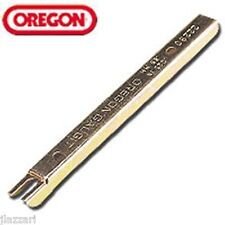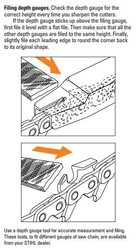Flatbedford
Minister of Fire
There is always this:
http://www.stihlusa.com/products/chain-saws/accessories/filing-tools/2in1file/
View attachment 130089
Suppose to lower your depth gauges as you file.
That looks pretty cool. Never saw that before. I found this youtube video on it.




